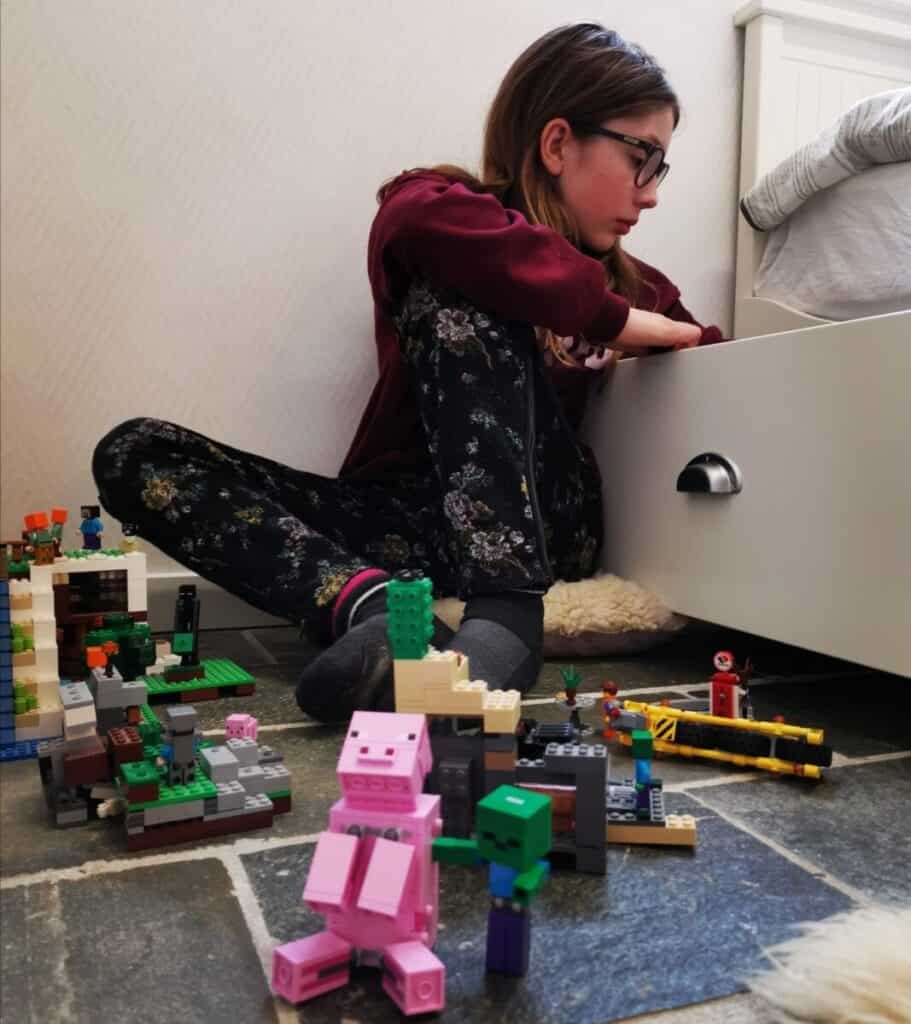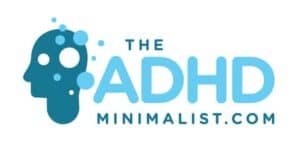
1, Lead free paint
You may want to check your child’s room for lead paint if you live in a house built before the end of the 70s in the USA or before the 30s in Sweden (Scandinavia).
Paint chips from an old paint can turn into toxic dust in the house or toxic soil from peeling paint outside.
If you’re in doubt, get an expert to take samples for a lab to analyze.
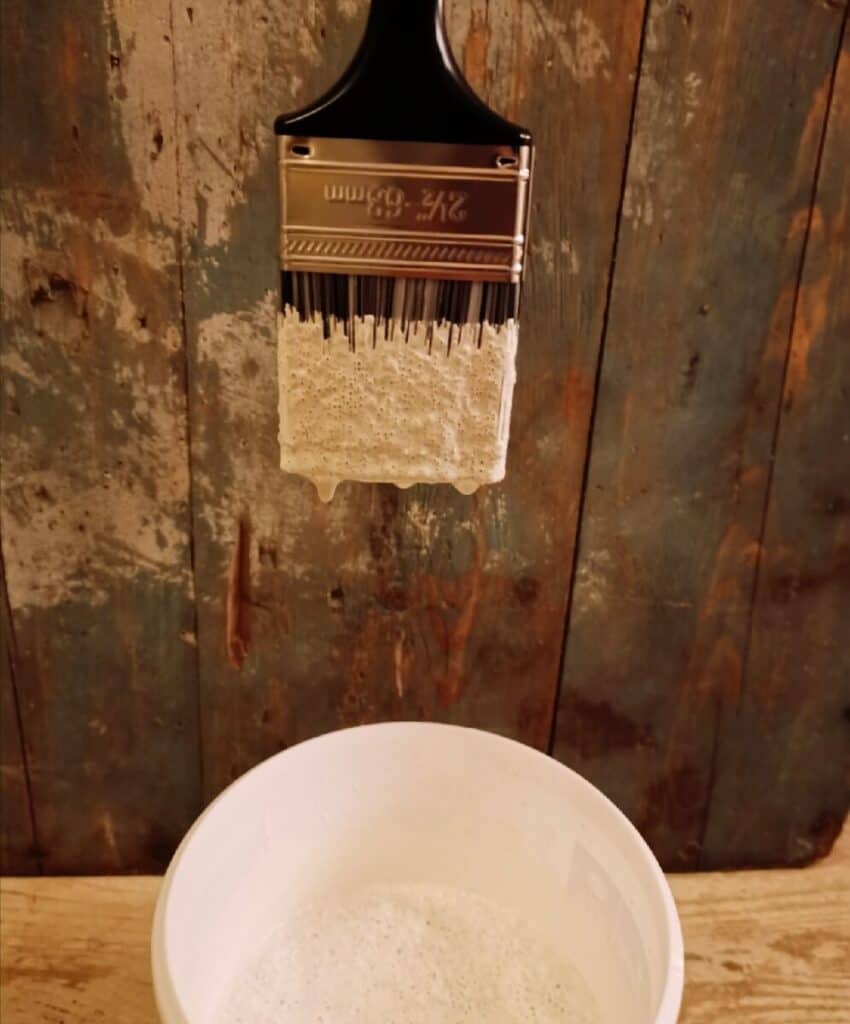
Use toxin free Paint in kids rooms
I decided to avoid the toxins in regular paint, by mixing my own egg paint. I ordered a creme-colored pigment and followed the instructions on how to mix the paint.
It’s not hard to mix organic paints. Once you have done it a couple of times it won’t take you hardly any time at all.
Since lead paint can contribute to increased ADHD symptoms and two of my children have ADHD I feel much better knowing that my five-year-old can literally lick the walls without ingesting any toxins.
Studies done in South Africa found that half of the homes they tested still had lead paint on the walls.
Unexpecting people were still being sold lead paint just a few years ago, and lead paint is probably still on the shelves of South African home decorating stores!
Unfortunately, a little girl had to eat lead paint chips before the lead was discovered. If you live in a country where there aren’t strictly enforced rules for products that contain lead do yourself a favor and buy powdered paint pigment and make your own safe paint.
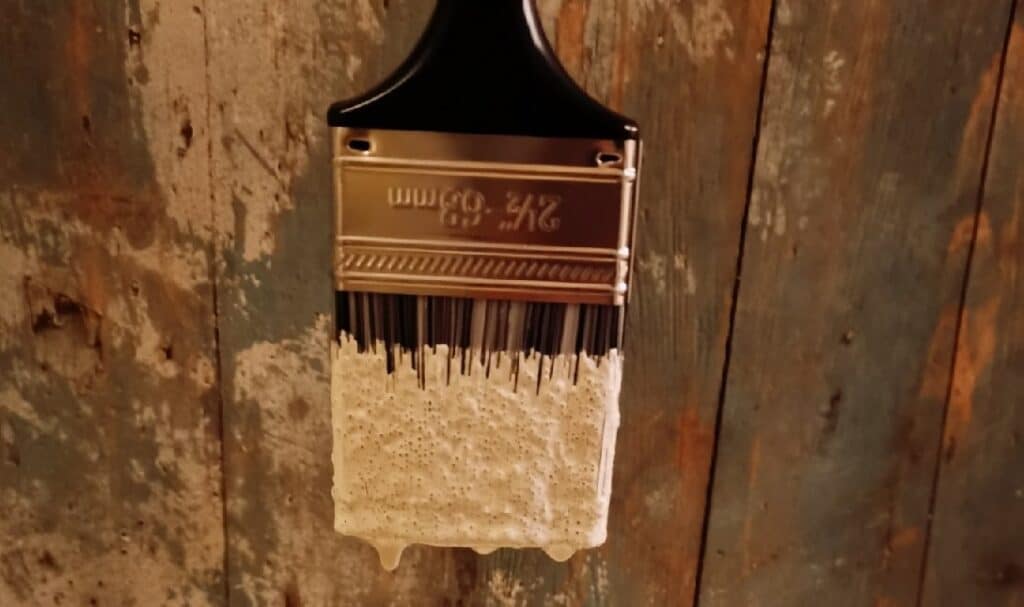
If you want to make your own egg tempera paint, you can read my illustrerad guide. click below.
https://theadhdminimalist.com/a-helpful-illustrerad-guide-for-making-organic-egg-paint/
If you have questions about egg tempera you can read the answers to the most common questions below.
https://theadhdminimalist.com/the-most-common-questions-about-toxin-free-egg-paint-q-and-a/

Sources for reasearch on lead paint
Below is a link to an article listing what countries still sell decorative paint containing lead.
https://www.ncbi.nlm.nih.gov/pmc/articles/PMC3983718/
https://journals.sagepub.com/doi/abs/10.1177/0956797615618365
https://pubmed.ncbi.nlm.nih.gov/26710823/
https://www.epa.gov/lead/learn-about-lead
https://academic.oup.com/brain/article/126/1/5/299373
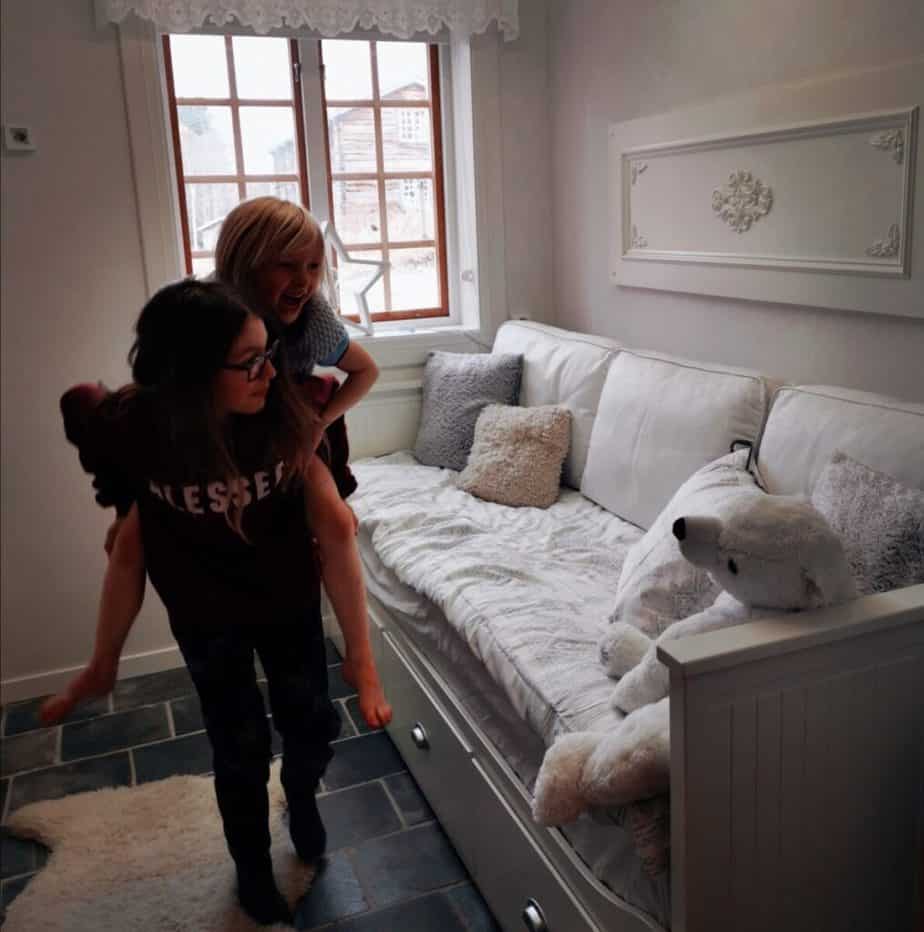
2, Toxin-Free Textiles
Wash any new textiles before use, buy used or organic textiles
Textiles that are not organic contain toxins and chemicals. Wash new textiles twice before letting your child sleep with them if they are not certified organic.
Buying organic textiles is a way to avoid unwanted chemicals altogether, but sometimes organic products cost more than our budget allows.
Keep an eye out for used textiles at garage sales. Sometimes you can find something you really like for a few bucks.
Used textiles have often been washed many times and any chemicals originally in the fabric are long gone.
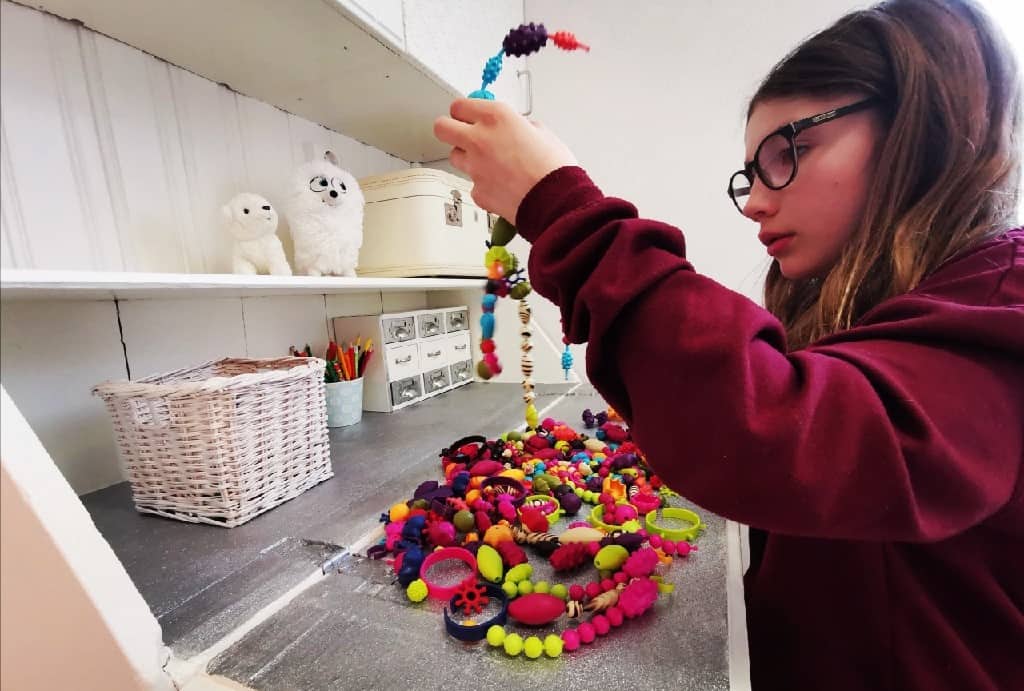
3, Toxin-Free wallpaper
Consider new wallpaper if old wallpaper decks the walls in your child’s room. Wallpaper from the victorian era was full of arsenic.
First, check the approximate year of your wallpaper. The country you live in should have an archive of wallpapers used during each era. You can compare your wallpaper to the samples. Museums should have archives online.
If your wallpaper is obviously not from that era breathe easy, but if it appears to come from the victorian era or earlier check the color. bolder colors often contain arsenic. Arsenic was common during this period and it was found in everything from baby carriages to food coloring to wallpaper.
The color that caused the biggest problem was green, invented by a Swedish chemist named Carl Sheele. He used copper arsenite to create bright green which became known as ”Scheele’s Green.” This shade became increasingly popular despite its deathly copper arsenite which contained arsenic.
Arsenic was also common in paints around this time.
Any recently manufactured wallpaper is a safer choice if you’re not sure about the wallpaper in your child’s bedroom.
Kids are extra exposed to toxins on textiles and on the wall because they put everything in their mouths.
(Sources)
https://www.smithsonianmag.com/smart-news/victorian-wallpaper-got-its-gaudy-colors-poison-180962709/
I hope you found inspiration for your redecorating projects.
If you need a quick fix for your child’s room and don’t have time to completely redecorate click below for all the help you need to declutter and reorganize your child’s room. https://theadhdminimalist.com/help-adhd-add-kids-clean-their-rooms-and-stay-organized/
For more information and more book tips check out our page Our Favorite Resources. https://theadhdminimalist.com/our-favourite-resources/
